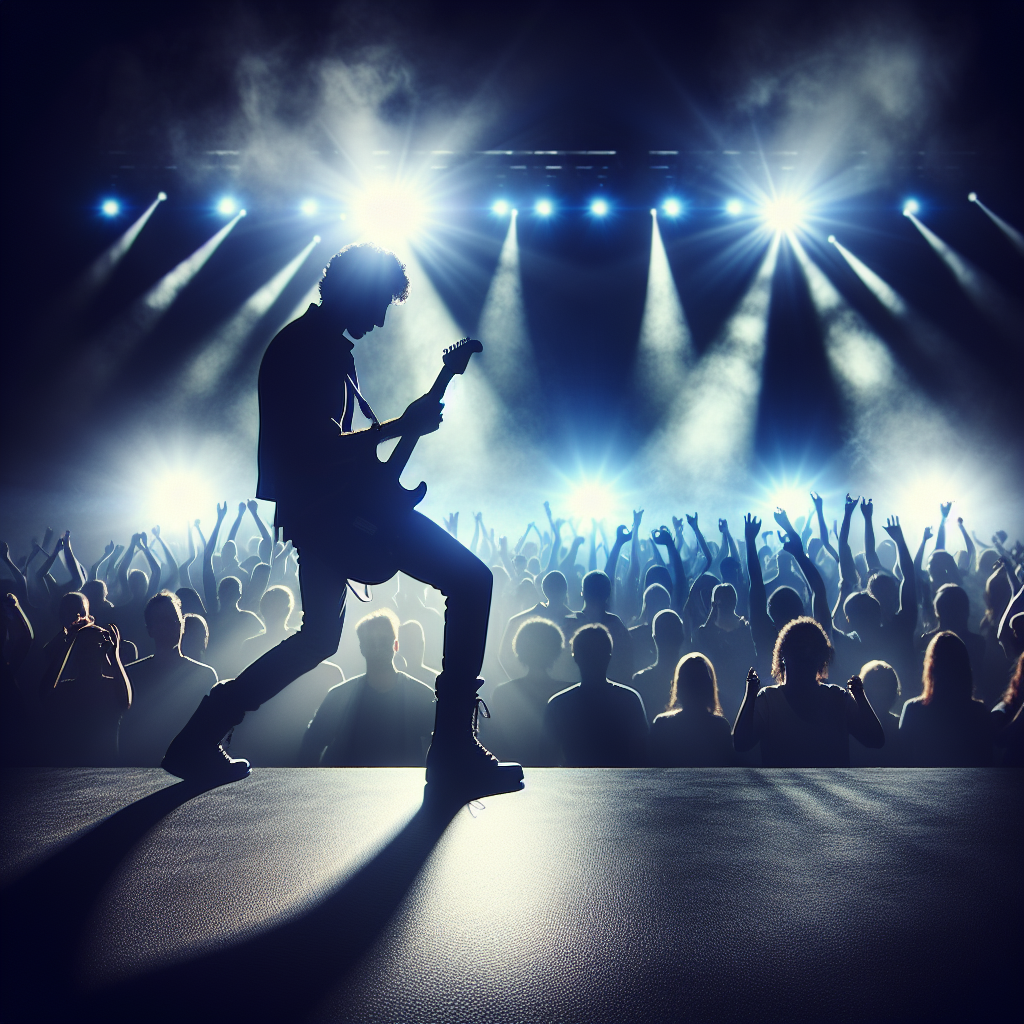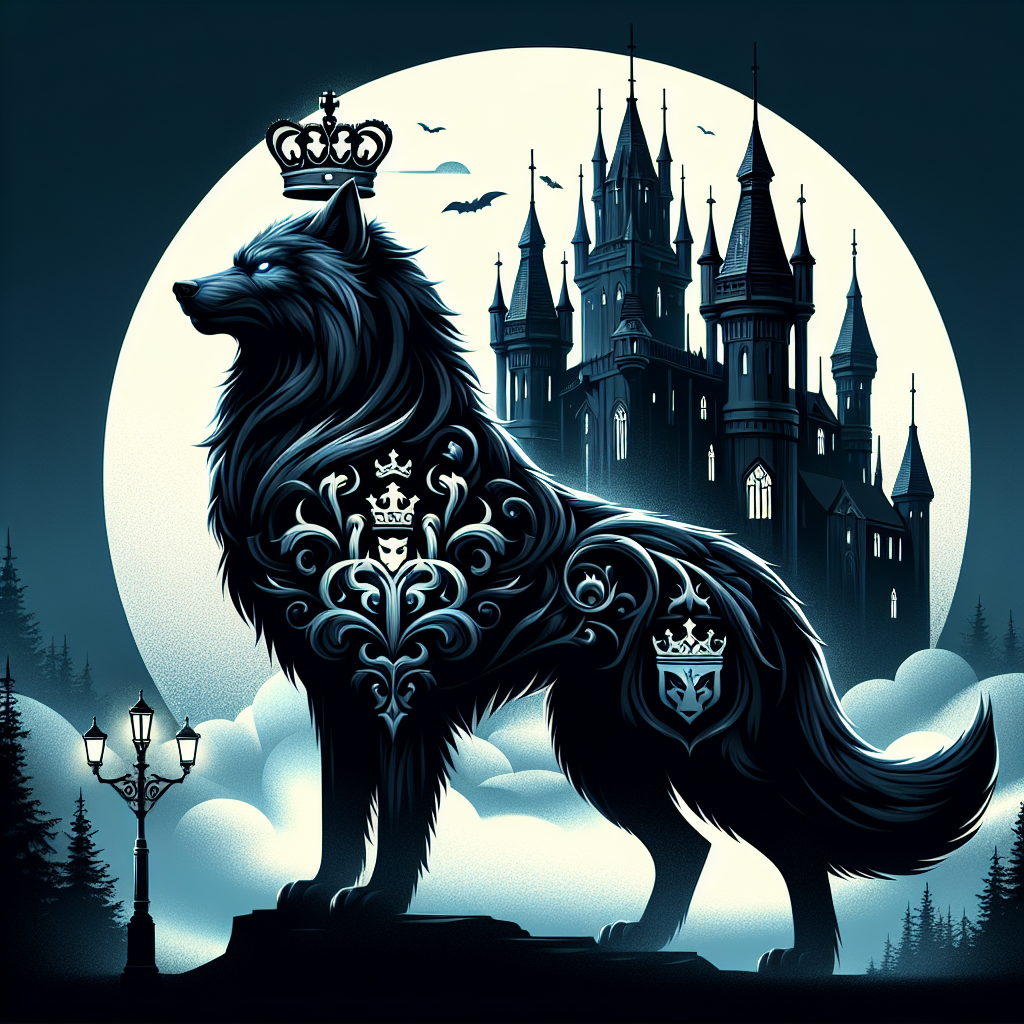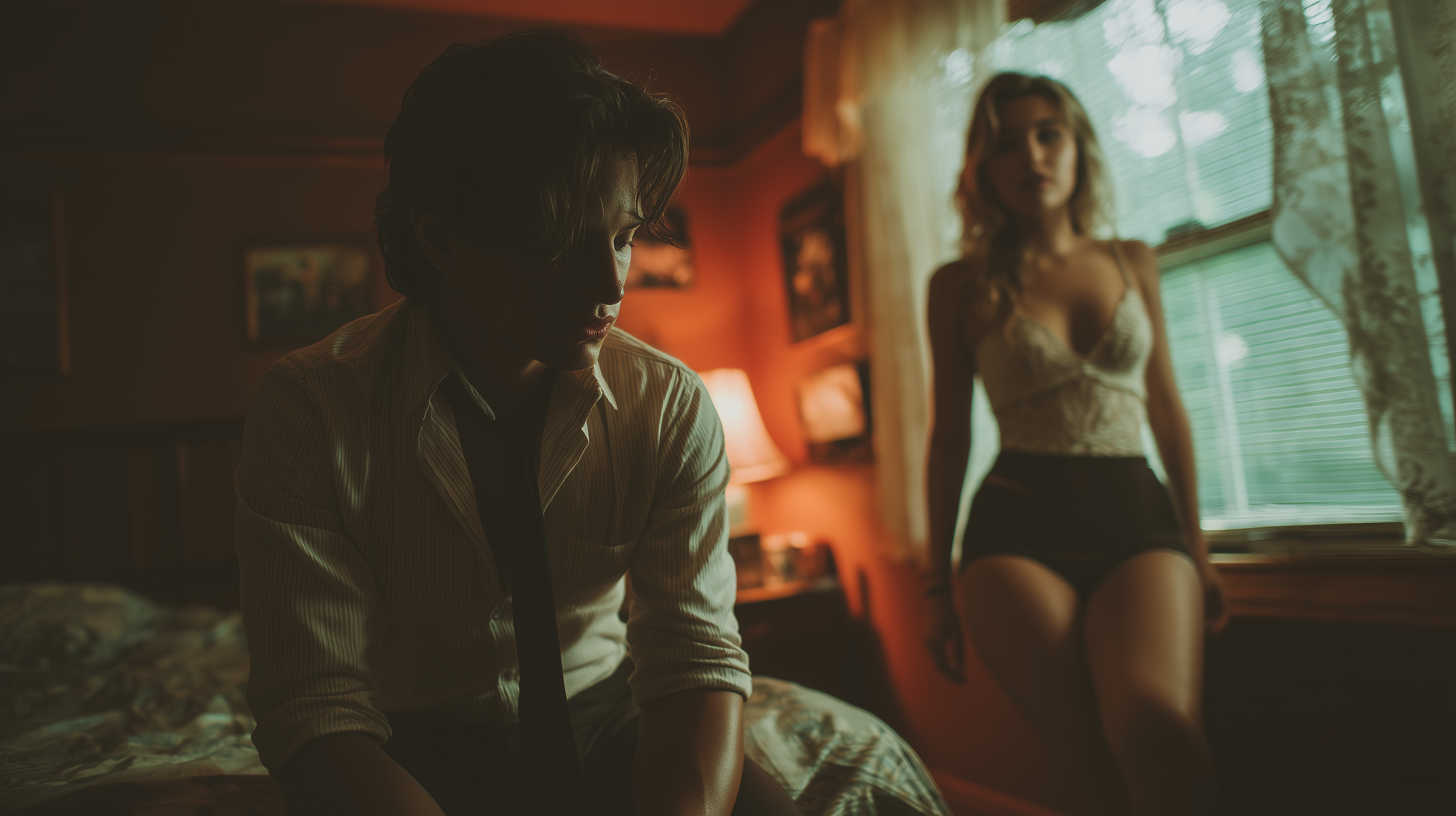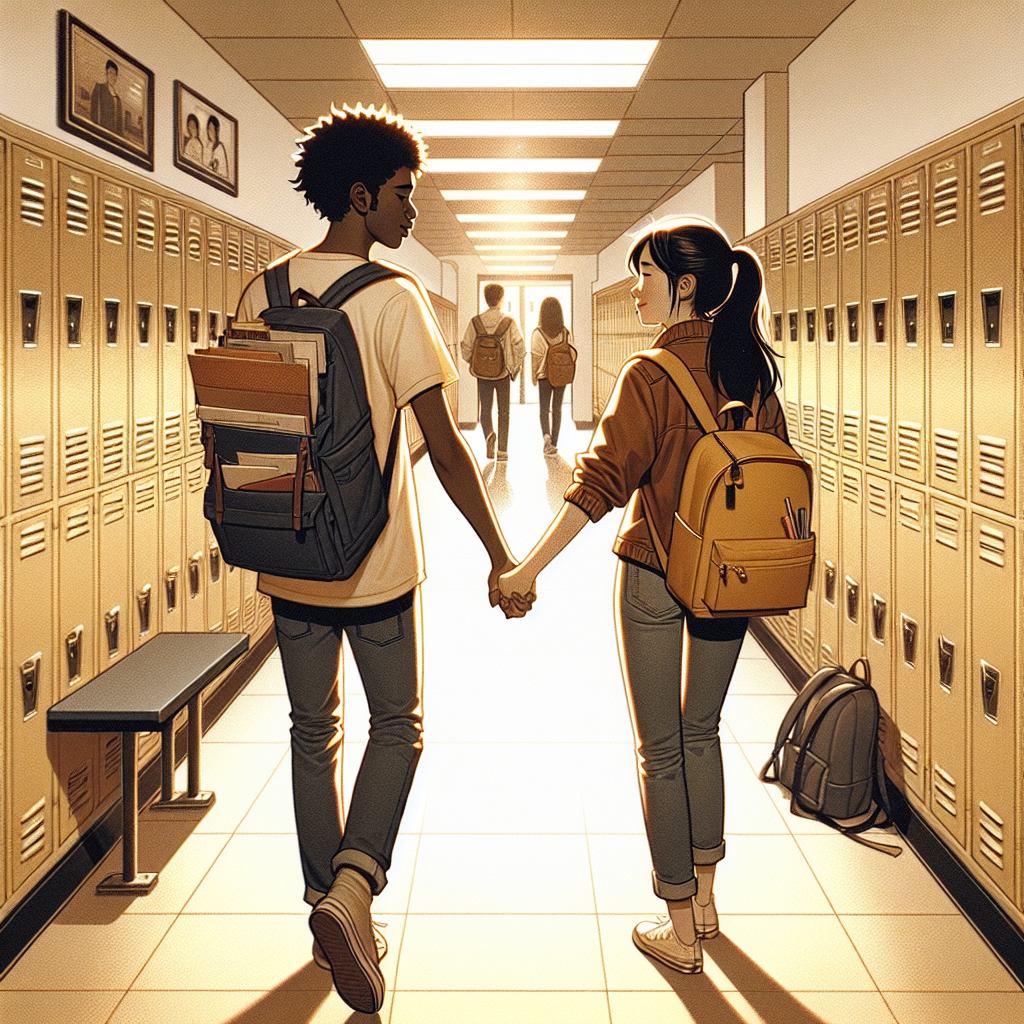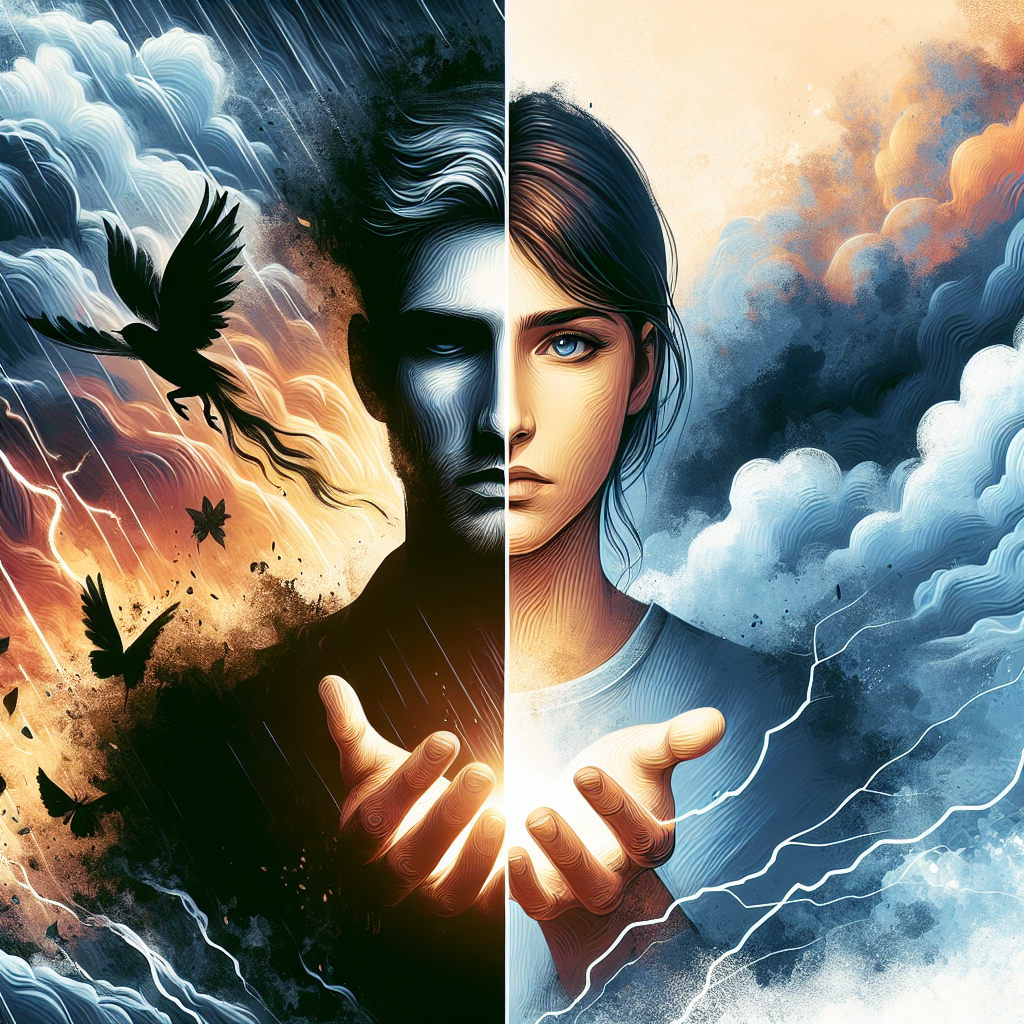Crafting Visual Worlds: How Dystopian Aesthetics Shape Character and Story
When readers dive into a dystopian world, they're not just absorbing plot and dialogue—they're experiencing a carefully crafted visual language that speaks volumes before a single word of exposition is written. The torn leather jacket of a post-apocalyptic survivor, the sterile gray uniform of an oppressed citizen, the neon-lit cybernetic enhancements of a tech rebel—these details aren't mere decoration. They're powerful storytelling tools that communicate character, theme, and world-building with remarkable efficiency.
Understanding dystopian aesthetics is crucial for any writer looking to create immersive speculative fiction. These visual elements serve as shorthand for complex social structures, character motivations, and thematic concerns, allowing authors to show rather than tell their story's deeper meanings.
The Four Pillars of Dystopian Visual Language
Control: The Aesthetics of Oppression
In dystopian fiction, visual uniformity becomes a weapon of psychological warfare. When characters are forced into identical gray jumpsuits or sterile corporate attire, their clothing becomes a physical manifestation of lost individuality. The aesthetic choices here are deliberately suffocating—rigid structures, cold materials, and lifeless environments that strip away personal expression.
Consider how powerful it becomes when a character makes even the smallest modification to their assigned uniform. A hidden colorful thread, a secretly rolled sleeve, or an unauthorized accessory transforms from simple fashion choice into an act of defiance.
Survival: Function Over Form
In post-apocalyptic settings, every aesthetic choice serves a practical purpose. Characters wear layered clothing not for style, but for protection against harsh elements. Combat boots, multi-pocket coats, and fingerless gloves become essential tools for staying alive. This creates opportunities for rich character development—what does a character choose to carry? How do they modify their gear? What personal items do they risk keeping despite the added weight?
The worn, patched appearance of survival clothing tells stories of hardship and resourcefulness. Each tear and repair speaks to battles fought and obstacles overcome, creating visual character history without requiring flashbacks or exposition.
Rebellion: Identity Through Resistance
Rebellious characters in dystopian fiction often express their defiance through bold aesthetic choices. They blend high-tech elements with scrappy, modified clothing, creating distinctive looks that challenge authoritarian uniformity. These characters might sport unauthorized symbols, forbidden colors, or creatively altered standard-issue gear.
The key is making these rebellious elements feel authentic to the world's constraints. A character can't simply wear whatever they want—their rebellious choices must work within the established rules while cleverly subverting them.
Elite Power: Intimidation Through Perfection
The ruling classes in dystopian worlds often dress in pristine, futuristic attire that emphasizes their separation from—and power over—the masses. Their clothing is "too perfect," featuring clean lines, expensive materials, and intimidating silhouettes. This stark contrast between the elite's polished appearance and everyone else's practical or mandated clothing reinforces social hierarchies without requiring dialogue.
Building Worlds Through Fashion Choices
Post-Apocalyptic Aesthetics
In worlds devastated by catastrophe, fashion becomes purely utilitarian. Writers should focus on materials that would realistically survive: leather, denim, heavy-duty synthetics. Colors tend toward earth tones and neutrals—both because bright dyes would be unavailable and because survivors need to blend into their environment.
The mismatched, scavenged quality of post-apocalyptic clothing creates opportunities for storytelling. Where did that military-issue jacket come from? Why does this character still wear a wedding ring despite everything? These details invite reader speculation and emotional investment.
Totalitarian Uniformity
In oppressive regime settings, clothing becomes a tool of control. Standard-issue uniforms eliminate personal choice, while the elite's distinctive attire reinforces power structures. Writers can play with the psychological impact of forced conformity—how does it feel to lose the ability to express yourself through clothing? What small rebellions become possible within strict dress codes?
The sterile perfection of authoritarian fashion creates an uncanny valley effect—everything looks right, but feels fundamentally wrong.
Cyberpunk Rebellion
High-tech dystopias offer the most creative freedom in aesthetic choices. Characters can blend advanced technology with street fashion, creating looks that are both futuristic and gritty. LED-lit accessories, digital tattoos, and cybernetic enhancements become both fashion statements and functional tools.
The key to effective cyberpunk aesthetics is balancing the high-tech elements with human touches. A character might have advanced neural implants but still wear their grandmother's vintage jacket, creating compelling contrasts between humanity and technology.
Color as Narrative Device
Color palettes in dystopian fiction carry heavy symbolic weight:
- Muted earth tones suggest decay, survival, and connection to a damaged natural world
- Black and white contrasts emphasize rigid control and the elimination of nuance
- Neon and metallics represent technological advancement often divorced from human values
- Strategic red accents signal rebellion, passion, or violence breaking through oppressive monotony
Character Development Through Aesthetic Evolution
The most powerful use of dystopian aesthetics comes through character transformation. A protagonist might begin the story in mandated uniform gray, gradually incorporating small personal touches, and eventually embracing full rebellious regalia. This visual journey mirrors their internal growth without requiring explicit character development scenes.
Similarly, a character's changing relationship with their environment can be reflected in their aesthetic choices. As they adapt to harsh realities, their clothing becomes more practical. As they gain power or status, their appearance might shift accordingly.
Practical Application for Writers
When developing dystopian aesthetics for your work, consider these questions:
- What does the ruling power want citizens to look like, and why?
- What resources are available for clothing and personal expression?
- How do different social classes distinguish themselves visually?
- What small rebellions are possible within the world's constraints?
- How can a character's appearance evolve to reflect their journey?
Remember that effective dystopian aesthetics serve the story, not the other way around. Every visual choice should reinforce themes, develop character, or advance the plot. When done skillfully, these aesthetic elements become invisible to readers—not because they're unnoticed, but because they feel so natural and necessary that the world couldn't exist without them.
The visual language of dystopian fiction offers writers a powerful toolkit for creating immersive, meaningful worlds. By understanding how clothing, color, and aesthetic choices function as storytelling devices, authors can craft richer, more engaging narratives that resonate with readers long after the final page.
💝 Ready to Explore More Romance?
If you enjoyed this article about romance writing, discover thousands of captivating love stories on our platform.
Download App

